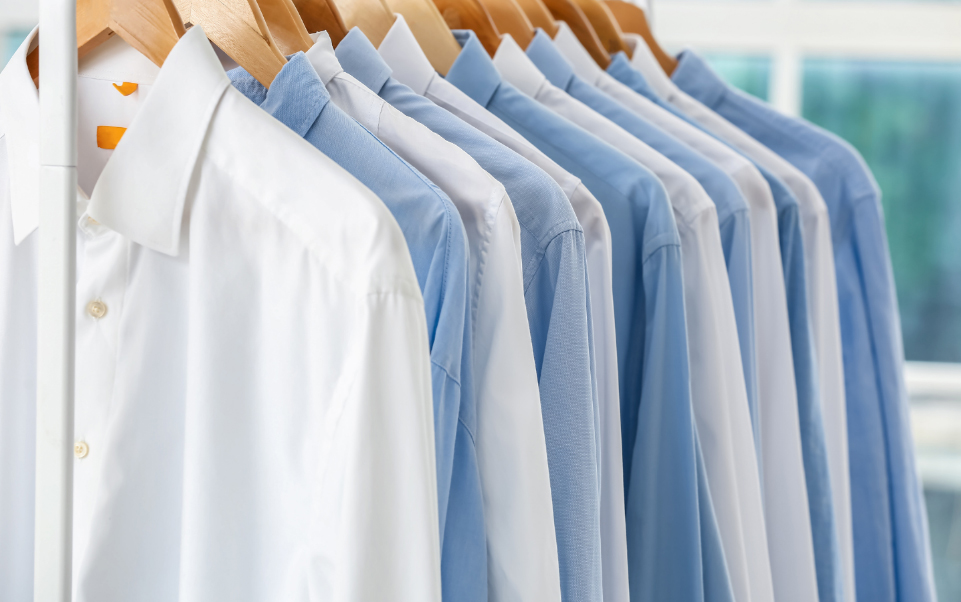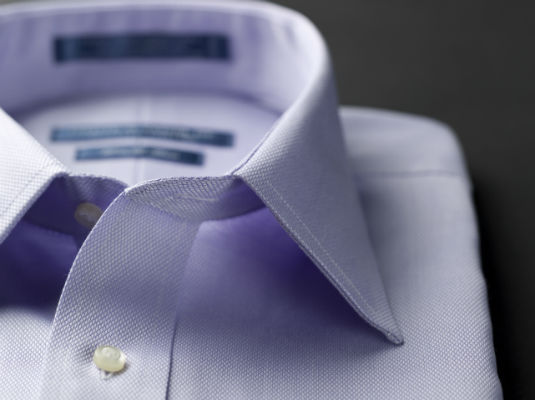With Spring and party season right around the corner we wanted to give some advice on how to dress for any occasion. Wording on invitations can be confusing, so we broke it down for you!
Black Tie
This is the dressiest of dressy. It calls for a tea or floor-length gown. Typically it’s only called for at very formal weddings, charity galas, or award ceremonies. Choose dramatic jewelry to go with your gown but be wary of low necklines and high slits in gowns. Choose a bedazzled clutch to finish off your ensemble. Look for gowns in satin, taffeta or heavily beaded to really make a statement.
For men, this means a tuxedo with a black bow tie.
Cocktail
This is a semi-formal event typically associated with a wedding, engagement party or fundraiser. Look to rich fabrics such as lace, chiffon and silk for these events. Cocktail attire is what the “Little Black Dress” is all about but you can choose other colors too. Make sure your hemline isn’t too short use the fingertip rule (your dress hem goes past your finger tips) or it’ll look like your on your way to the club. Definitely go for gorgeous footwear with metallic or jeweled finishes.
For men, think dark suit that’s well fitted. Stick to a light shirt, dark tie and shined dress shoes.
Festive
This is typical of holiday parties and birthday get togethers. Think bold, color and sparkle to show you’re ready to party. Go for ‘bling ‘ with a vibrant dress. If it’s freezing outside, dark tights can look adorable with the right dress. Go for blinged out shoes to finish off the outfit (think red and/or sparkly).
For men, this is a playful party so go for a classic suit jacket with a fun tie. You can also opt for a pullover sweater with a dress shirt and tie underneath if you don’t want to go with the blazer.
Dressy Resort
This is normal for a beach or destination wedding. Opt for a long maxi-dress or a flowy sundress.
Definitely go with a fun beachy color in turquoise, pink, yellow, or orange. For shoes, ditch the heels and look for a pair of fun wedges or bedazzled flip flops. Bright jewelry will look gorgeous too or even a flower tucked in your hair.
For men, choose a light colored linen suit or silk shirt. Go for loafers for your footwear.
Business Attire
This is typical of office parties, networking events, company dinners, etc. Look for a simple suit or classic dress. This isn’t a time to be trendy so go for understated jewelry and a neutral purse. You can spiff up your outfit with a pop of color but don’t go overboard. Keep your hemline and neckline very conservative.
For men, a gray or navy suit or sportcoat works best (black suits are too formal).
Casual Chic
This a dress up/dress down hybrid and is normally a daytime function like a bridal or baby shower. Pair a dress down piece (a pair of dark jeans) with a dressed up blouse. You can even go with a casual blazer. If it’s a dinn er party, go with a bold print and fun accessories to dress up your look.
For men, opt for a date night look. No suits or ties rather choose a fitted oxford shirt with chinos or dark denim.
As you are
This is normal attire for BBQ’s, kids birthday parties or neighborhood get-togethers. This doesn’t mean come in your sweat pants. Put on a little make-up and choose capris with a informal shirt. Steer away from gym clothes like t-shirts and yoga pants. This is when you can do a jersey dress or a cute v-neck top.
For men, just wear something clean, in good condition, and unwrinkled and you’ll be set! Again, stay away from gym clothes.
***When you’re not sure, take a look at your invitation. Determine how formal the invite is based on the font, paperstock and wording. If you’re still not sure ask friend who’s going what they’re wearing or think about the location and imagine how people would be dressed. Note the time. A later start time for an event indicates it’s more dressy than an afternoon one. Lastly, think about the theme. An event in a church calls for more modest attire than a backyard wedding.










